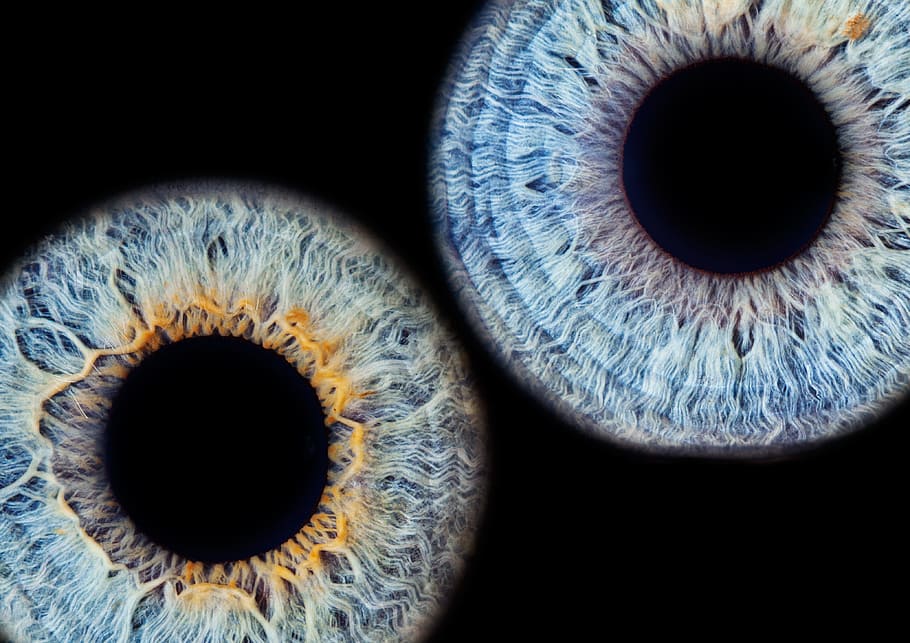This has allowed them to create a disease map of genes involved in eye disorders across the different cell types, as well as the key switches which control cell specialisation of individual ocular tissues.
The research team, led by IMCB, consisted of researchers from the National University of Singapore (NUS), Nanyang Technological University (NTU), Singapore Eye Research Institute (SERI), Mayo Clinic, Icahn School of Medicine at Mount Sinai,University of Melbourne, and Shenzhen Eye Hospital catalogued over 50,000 cells in human and porcine eyes, and developed a cell atlas of these eyes that distinguishes individual cells by the activity of their genes.
 As certain eye disorders are associated with mutations in the human genes, the atlas which profiles disease-causing genes across all cell types of the eye, could aid understanding of how cell types are affected by such disorders. A map of cell surface proteins that can act as viral entry receptors in the human eye could shed light on how infections could travel through ocular route. The research showed that ACE2 and TMPRSS2, the primary cell surface proteins responsible for entry of SARS-CoV-2 into human, are expressed in the conjunctival cells of eye. Similar observations have been reported from different research groups, suggesting an infection from ocular route is likely.
As certain eye disorders are associated with mutations in the human genes, the atlas which profiles disease-causing genes across all cell types of the eye, could aid understanding of how cell types are affected by such disorders. A map of cell surface proteins that can act as viral entry receptors in the human eye could shed light on how infections could travel through ocular route. The research showed that ACE2 and TMPRSS2, the primary cell surface proteins responsible for entry of SARS-CoV-2 into human, are expressed in the conjunctival cells of eye. Similar observations have been reported from different research groups, suggesting an infection from ocular route is likely.
“It is fascinating to observe the cross-talk of ocular cells through the interaction of signalling molecules with receptors. This will help us to understand how individual cell responds to external factors like injury,” said Mr Pradeep Gautam, PhD scholar at IMCB, A*STAR, who is the co-first author of the paper.
 Eye diseases such as glaucoma, which is the leading cause of blindness globally, is caused by the degeneration of retinal ganglion cells (RGCs). Using embryonic stem cells as a platform for differentiation, the research team generated RGC progenitor cells in culture and validated that a switch KLF7 could accelerate RGC generation, opening up opportunities for the cultivation of lab grown RGCs to replace damaged RGCs as a potential therapy.
Eye diseases such as glaucoma, which is the leading cause of blindness globally, is caused by the degeneration of retinal ganglion cells (RGCs). Using embryonic stem cells as a platform for differentiation, the research team generated RGC progenitor cells in culture and validated that a switch KLF7 could accelerate RGC generation, opening up opportunities for the cultivation of lab grown RGCs to replace damaged RGCs as a potential therapy.
“This study paves the way to create mature retinal ganglion cells in the lab, which could be harnessed for the development of new approaches to reverse vision loss that results from optic nerve degeneration, including glaucoma,” said Dr Jonathan Loh Yuin-Han, Research Director at A*STAR’s IMCB and lead researcher of the study.
Moving forward, the research team hopes to use RGCs for cell therapies in patients and is working further to validate the KLF7-derived RGCs for preclinical studies. With the understanding of key molecular switches and ability to engineer cell types in culture, lab grown cells provide a key to therapy.
The Agency for Science, Technology and Research (A*STAR) is a statutory board under the Ministry of Trade and Industry of Singapore. The agency supports R&D that is aligned to areas of competitive advantage and national needs for Singapore. These span the four technology domains of Manufacturing, Trade and Connectivity, Human Health and Potential, Urban Solutions and Sustainability.
According to sciencedaily.com and Wikipedia














